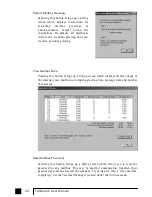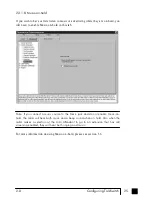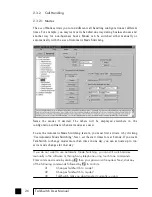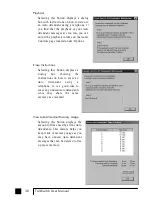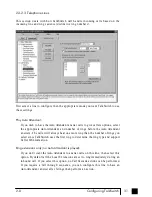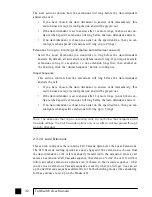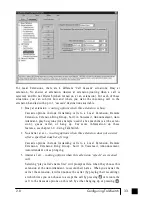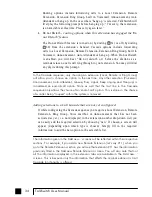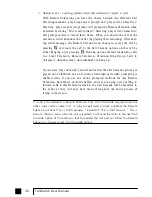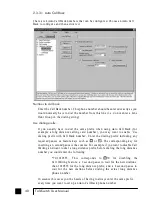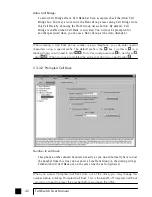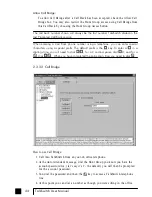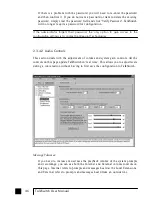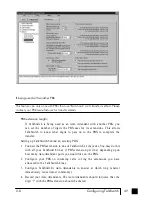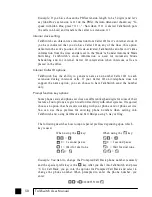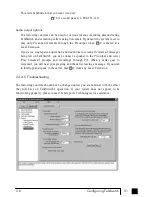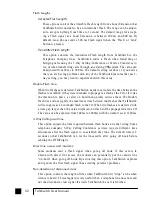
2.3.2.6 Extension Ring Groups
The following section configures the incoming call routing options for Ring Groups.
The Call Cascade routing options are only engaged if the Ring Group had been
chosen from the Auto Attendant or if a call had been manually transferred to the
Ring Group. Once a call enters a Ring Group’s Call Cascade sequence, the Ring
Group “owns” the call. It will not follow any other extensions options even if chosen
in the Call Cascade sequence - what you see in a Ring Group’s Call Cascade sequence
is exactly what you’ll get.
For Ring Groups, there are 3 different Call Cascade options. For each of these options,
you can control how and where you want the incoming call handled with up to 3
'cascade' destinations available. You can set up the Call Cascade sequences for both
Modes (the scheduling for these modes are set up on the Modes tab).
1. Busy at extension -
routing options when all the extensions in the Ring
G r o u p a r e b u s y
Cascade options include forwarding calls to a Local Extension, Remote
Extension, Extension Ring Group, built in Voicemail, Announcement,
Auto Attendant, play busy tone, queue caller or hang up.
2. No answer at ext. -
routing options when all the extensions in the Ring
Group do not answer after a specified number of rings.
Cascade options include forwarding calls to a Local Extension, Remote
Extension, Extension Ring Group, built in Voicemail, Announcement,
Auto Attendant, keep ringing or hang up.
37
2.0
Configuring TalkSwitch
TS-user manual_Final_3rd.qxd 8/9/01 2:14 PM Page 37


